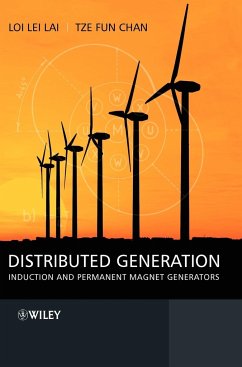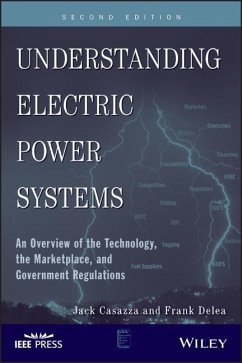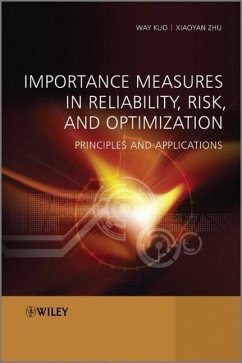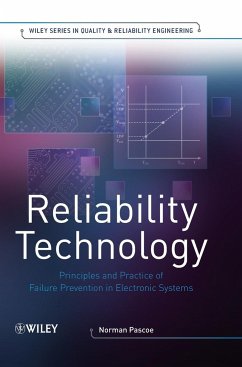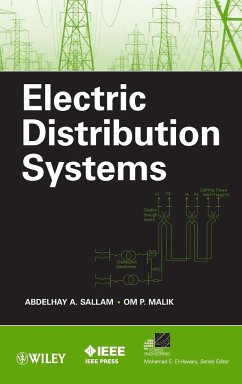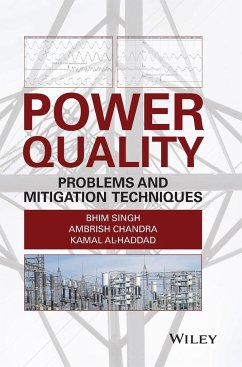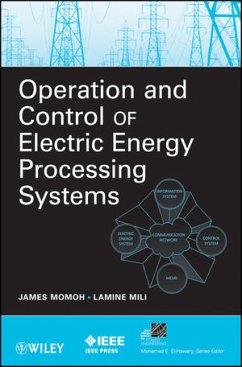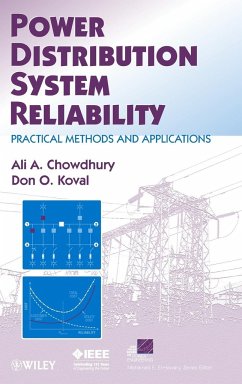
Power Quality Indices in Liberalized Markets

PAYBACK Punkte
58 °P sammeln!
Power Quality Indices in Liberalized Markets provides a comprehensive analysis of power quality indices to quantify the quality of delivered energy in power systems. There is a particular emphasis on presenting a global perspective, highlighting the link between newly liberalized markets and power quality indices, and discussing ways for improving power quality in these regions. Both traditional indices, which are currently used in Standards and Recommendations, and new and emerging indices, useful for solving power quality problems following deregulation, are examined.
Power Quality (PQ) indices are a powerful tool for quickly quantifying PQ disturbances. They also serve as the basis for illustrating the negative impact of electrical disturbances on components and for assessing compliance with the required standards and recommendations within a regulating framework. Within these pages lies a comprehensive overview of both the traditional PQ indices in use today and new indices likely to be used in the future. Key features of this book include: * a special focus on the metrics for quantifying PQ disturbances; * a complete review of methods and indices for assessing disturbance responsibilities between customers and utilities; * a survey on PQ objectives around the world, with highlights on the economic aspects of PQ disturbances. Inside, you will find a thorough and well-balanced treatment on theoretical concepts and practical applications, enhanced by examples and exercises of PQ indices computation and use. This is an important resource for academics, students of power quality, reliability and electrical power systems courses, and also for practicing engineers involved in solving PQ problems in the new structures of liberalised energy markets.



